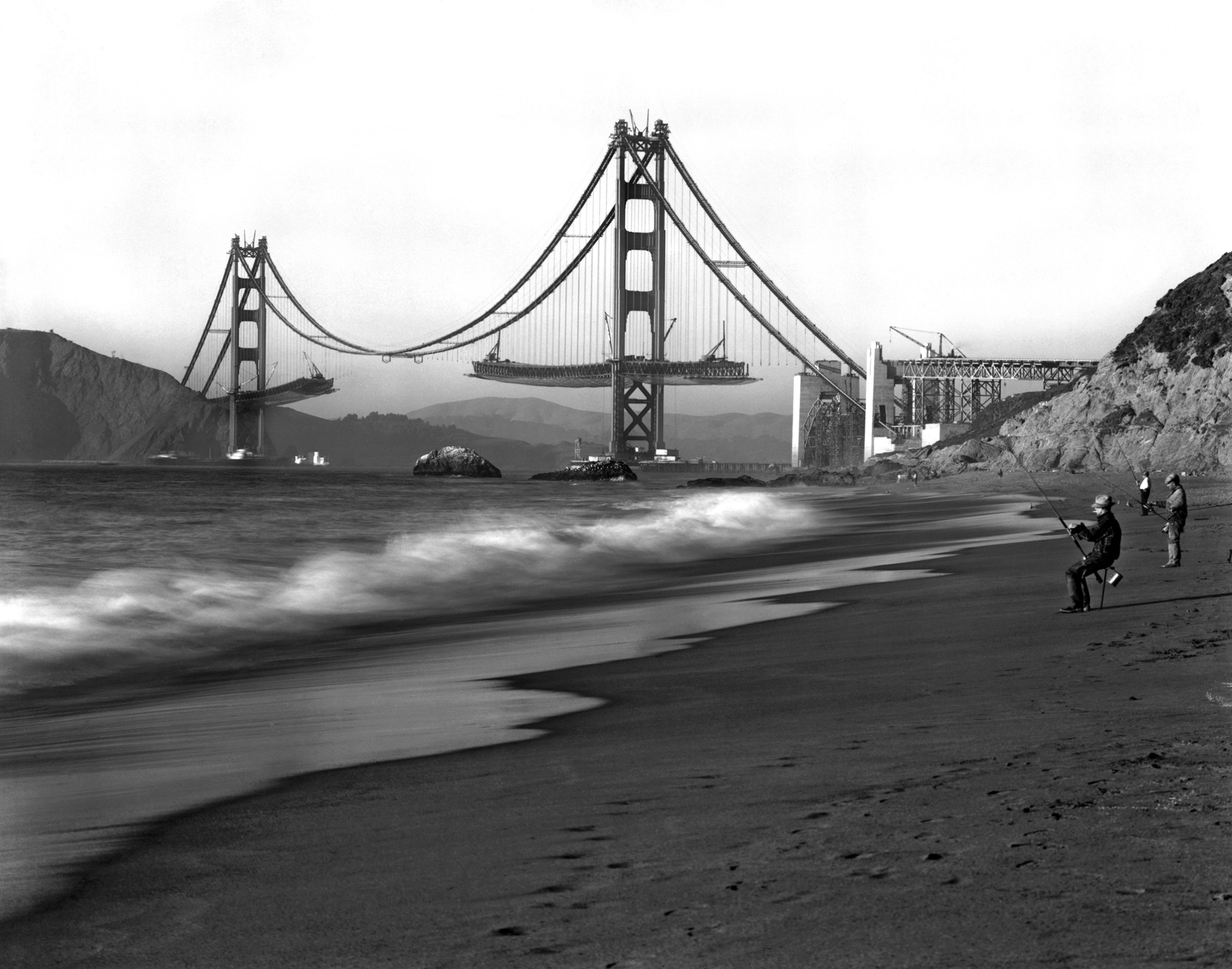
San Francisco was always bound in by water. But, as the city grew, that geography became more of a problem. The idea of a bridge across the Golden Gate strait had been discussed since the 19th century, but the project was considered impossible.
One person who disagreed was engineer Joseph Baermann Strauss. In 1919, he said he could make such a bridge. Nearly two decades passed before his vision became reality.
A special tax district had to be created because the bridge would affect people in multiple counties. Ferry companies lobbied against it. The War Department worried that it would be a target for attacks. Nearby residents worried it would ruin the view. The bridge had to be able to handle strong winds, extreme changes in temperature and tide, and the possibility of an earthquake. And, of course, it would be expensive.
So it was that construction did not begin until 1933. It was in 1935 that an architect on the project proposed it be painted an orange color that would go well with its surroundings. The two sides of the bridge met in the middle in 1936. Eleven workers lost their lives during construction, all but one of them in a single accident shortly before the bridge opened.
When finished, the main span was 4,200 feet long. At the time that was the world’s longest suspension span.
On May 27, 1937, San Franciscans celebrated as nearly 180,000 people crossed the bridge by foot. It opened to cars the next day. The Golden Gate Bridge was, TIME noted the following week, “the world’s greatest” bridge “by practically every measurement.”
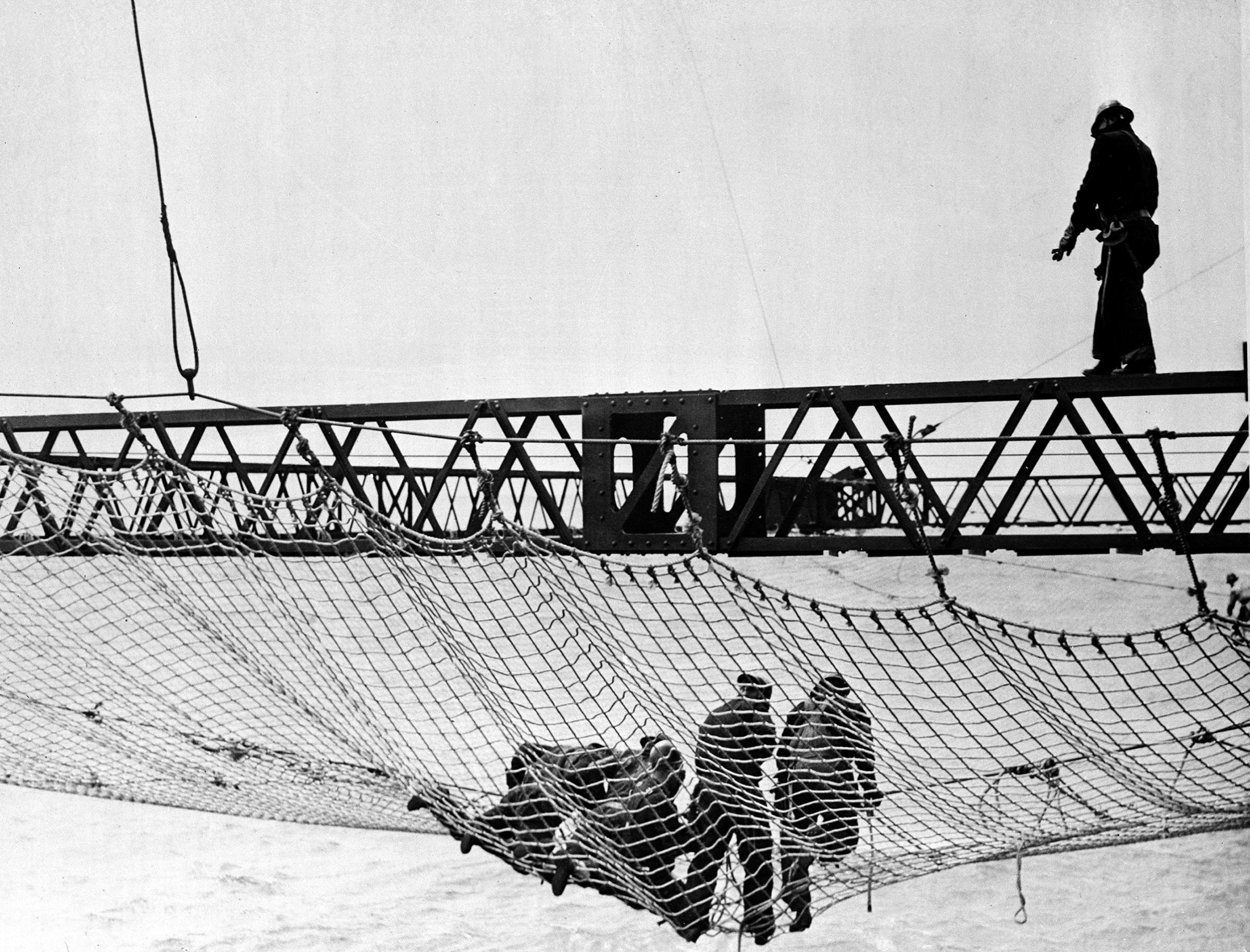
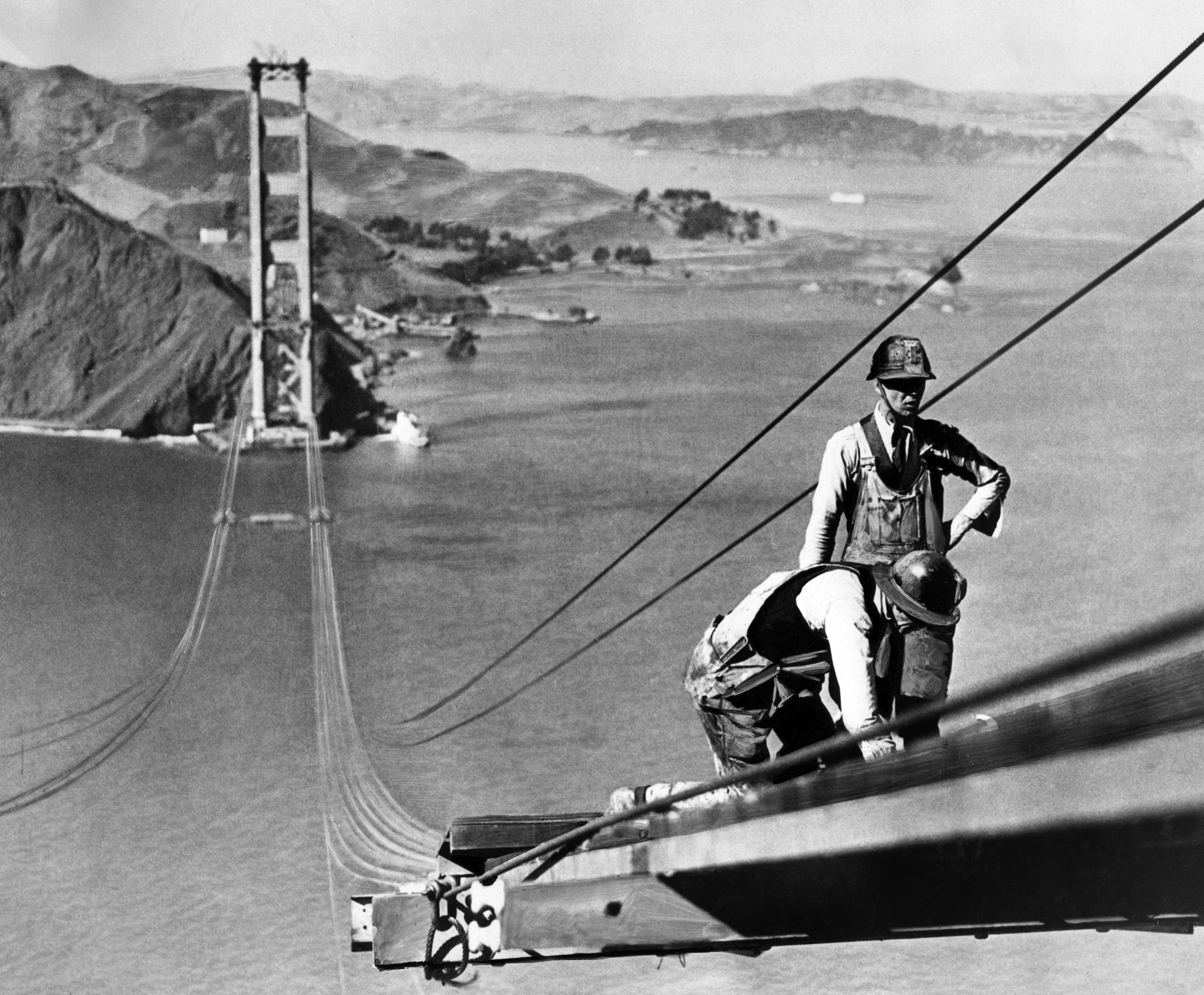

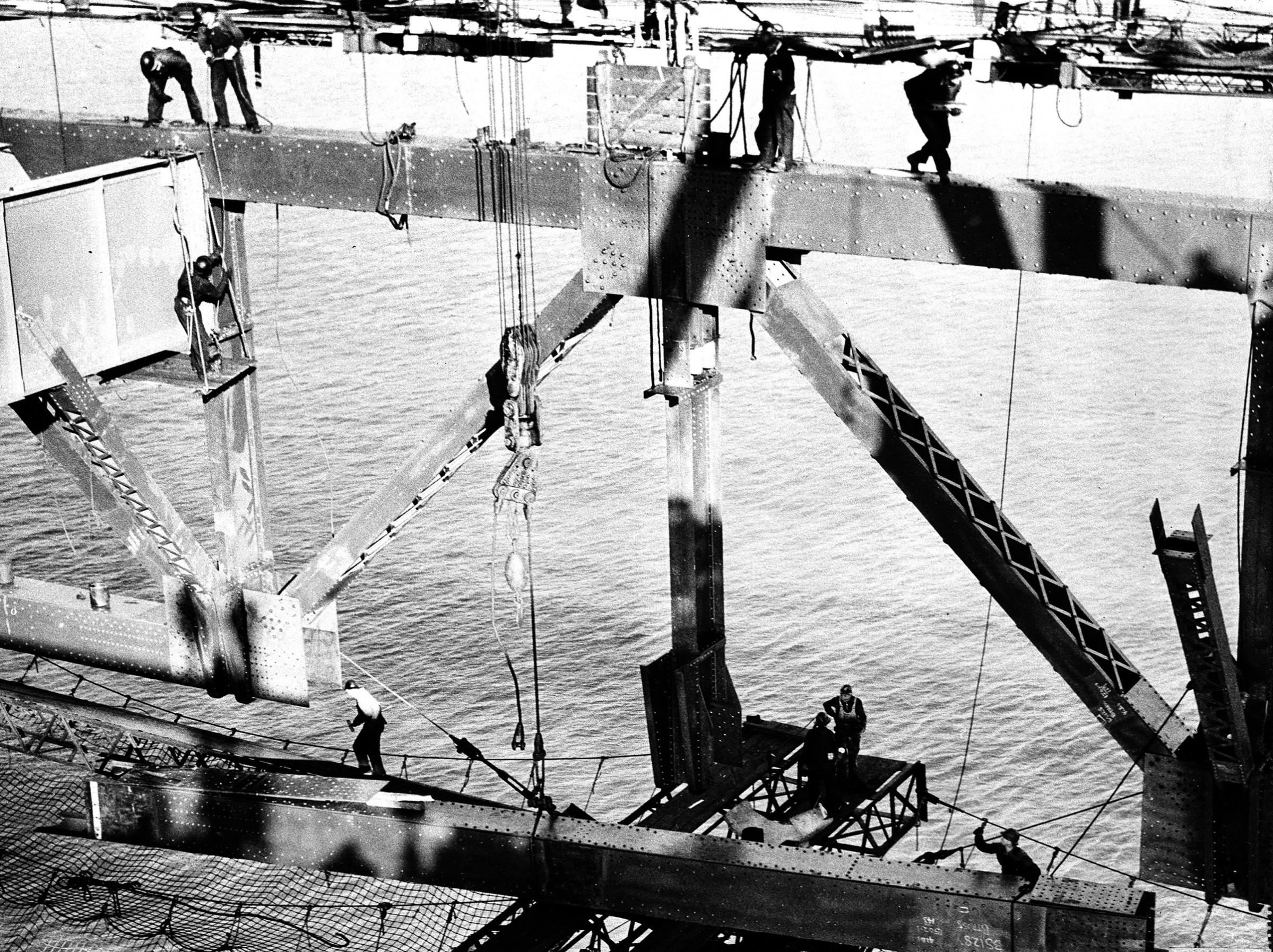
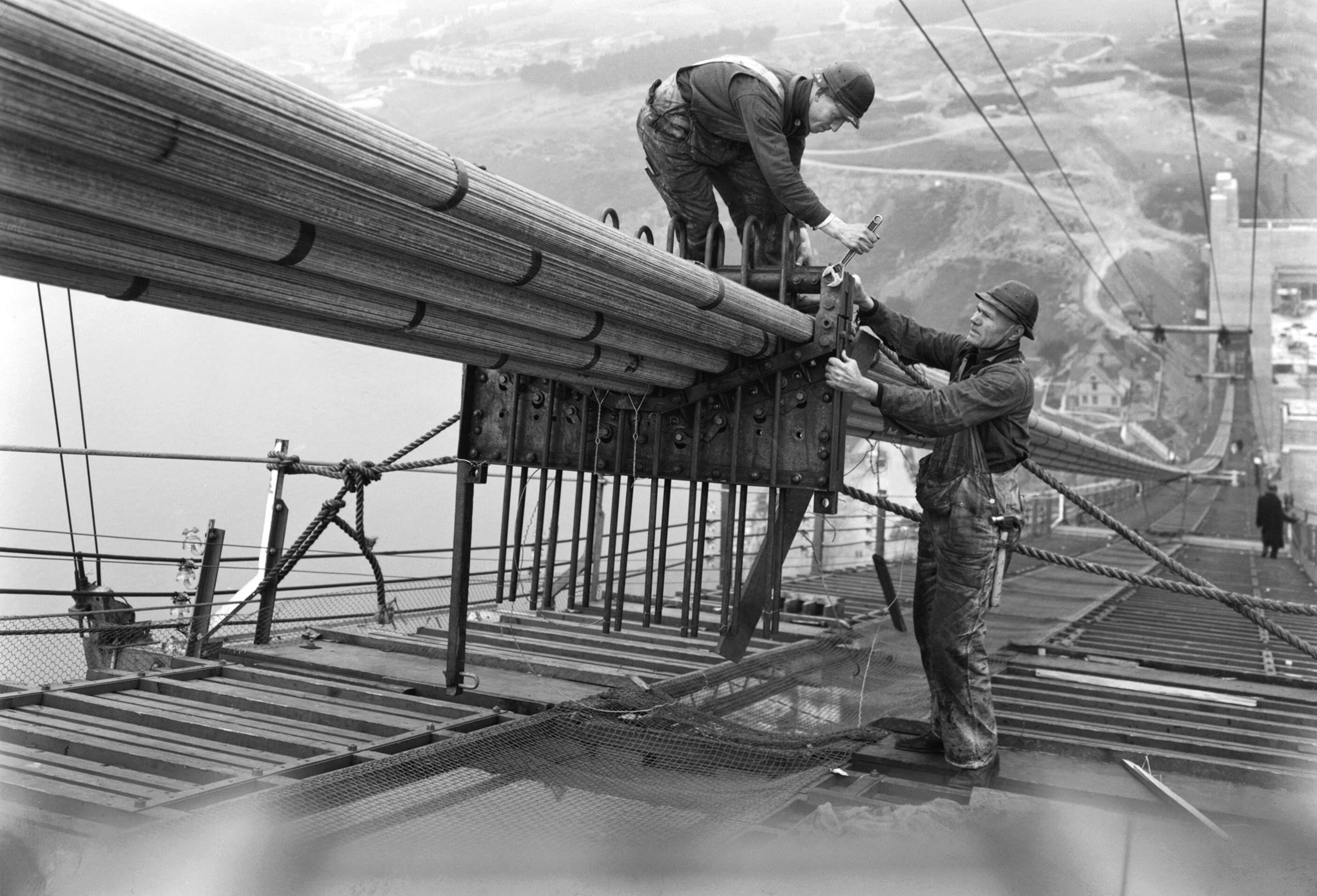
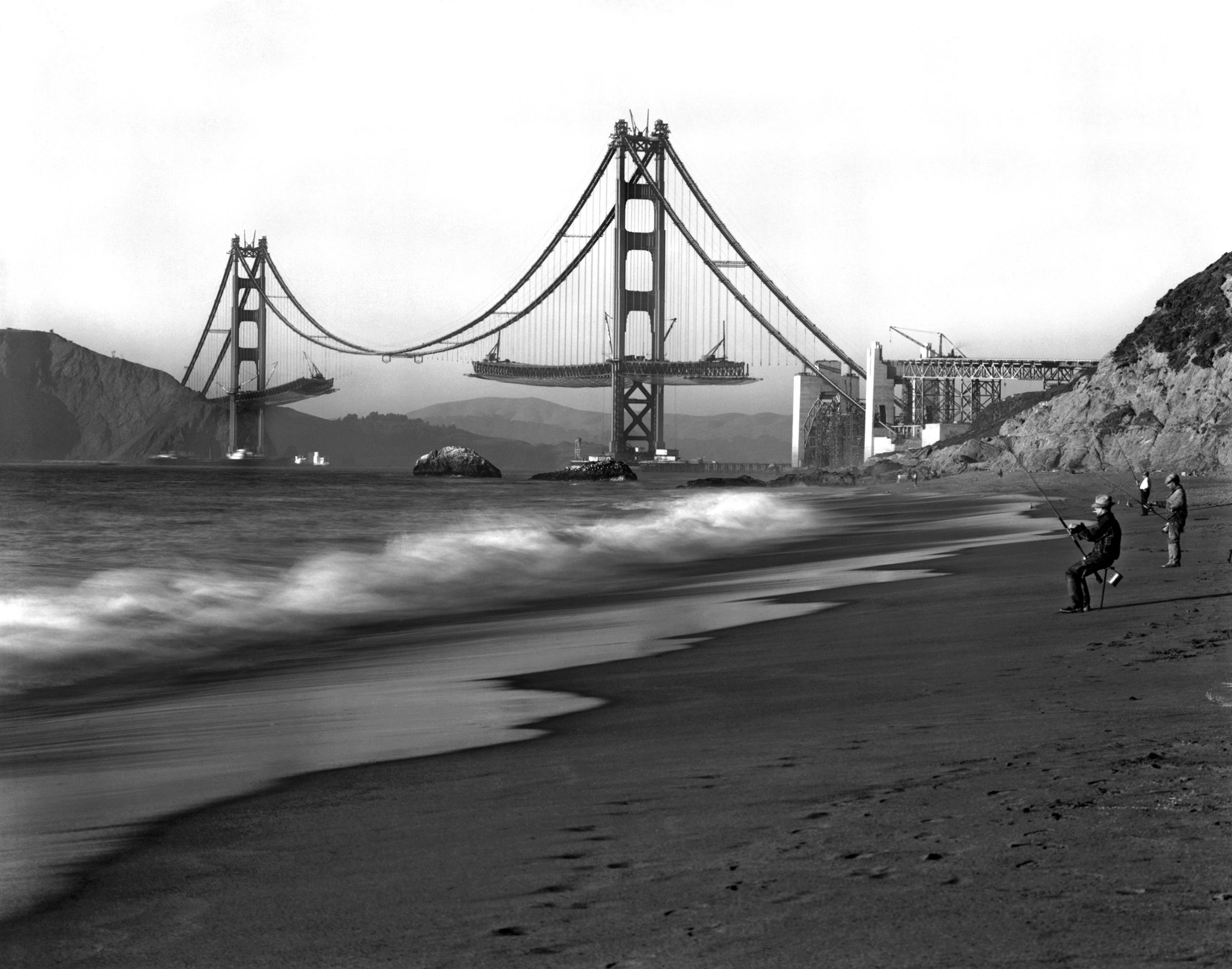
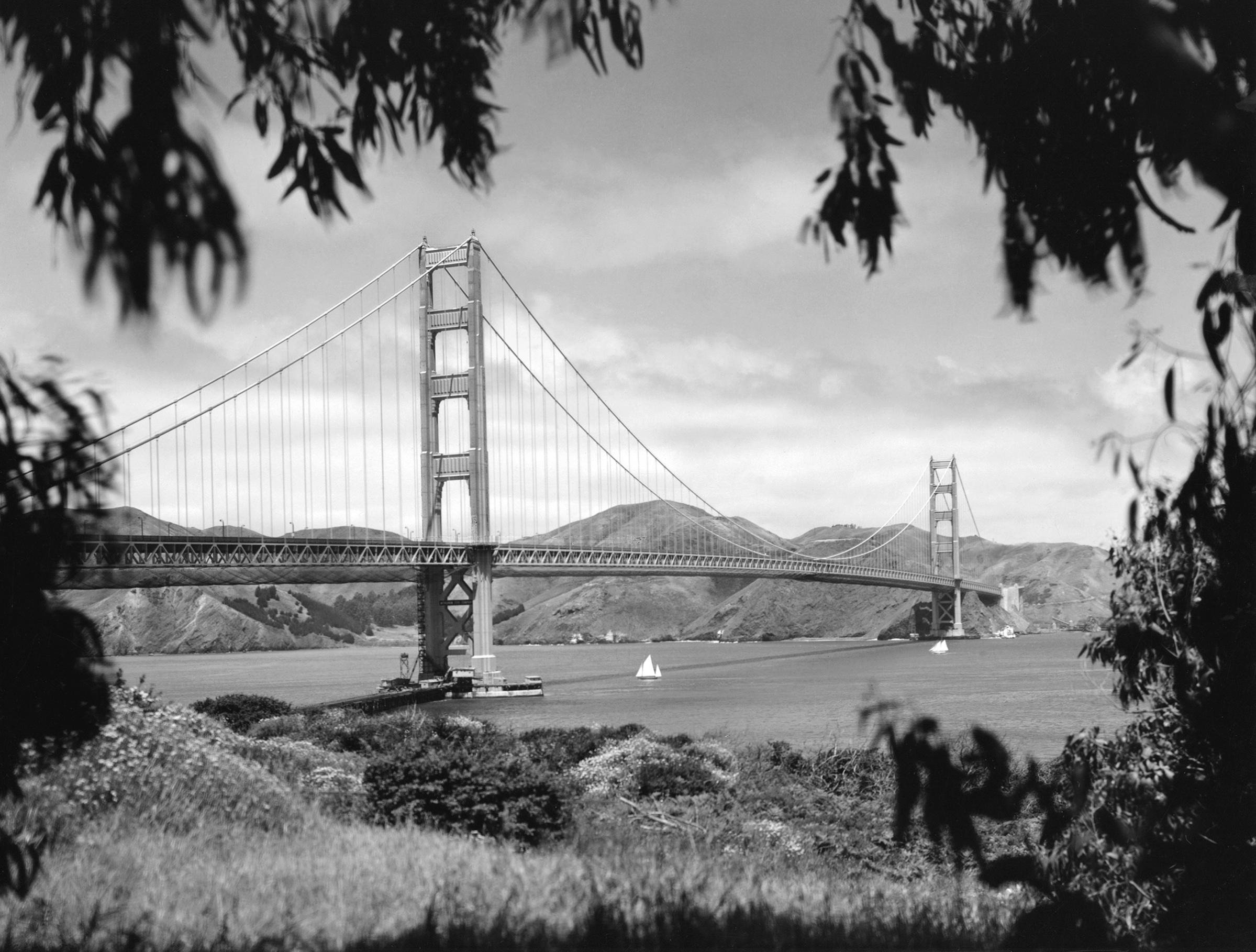
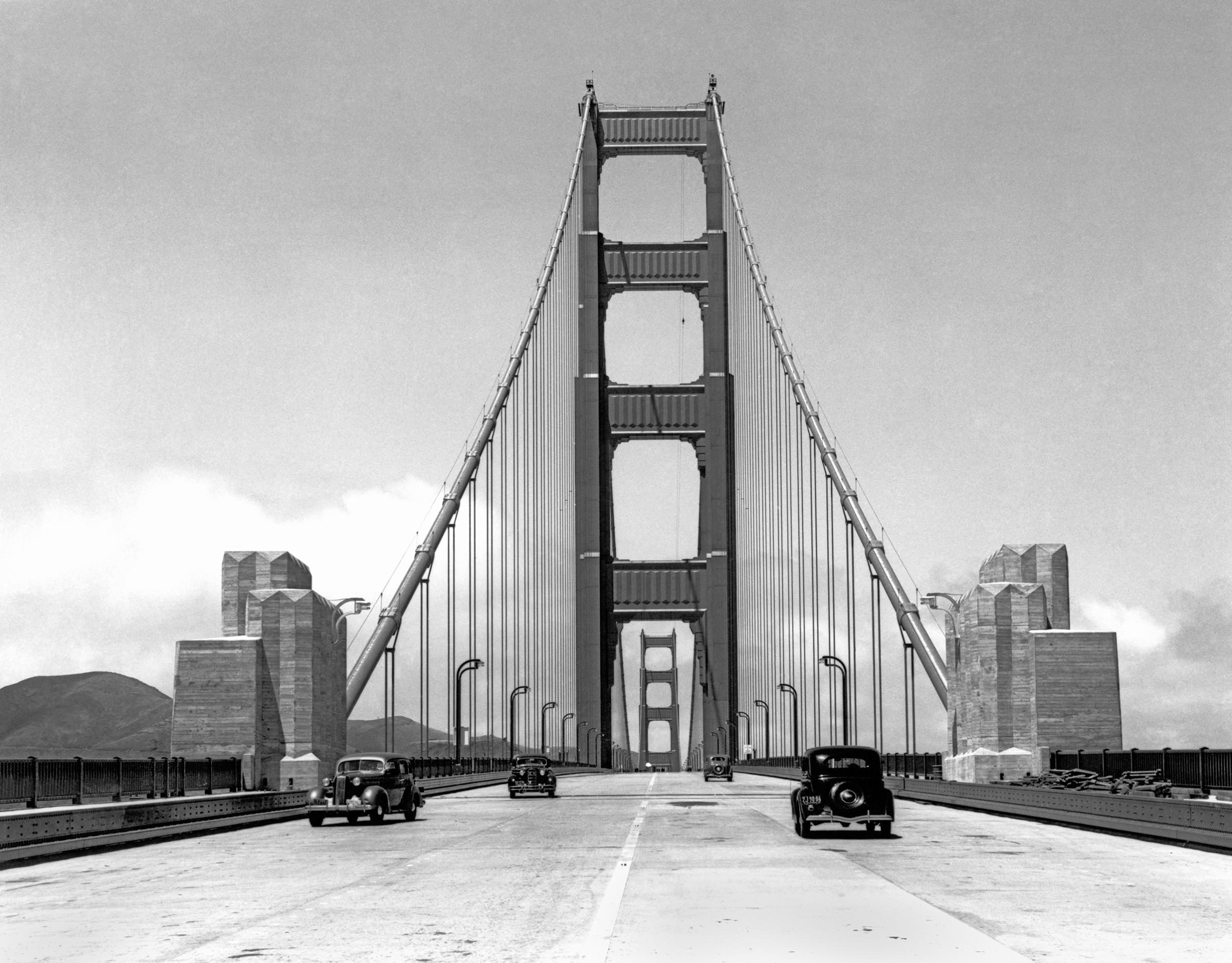
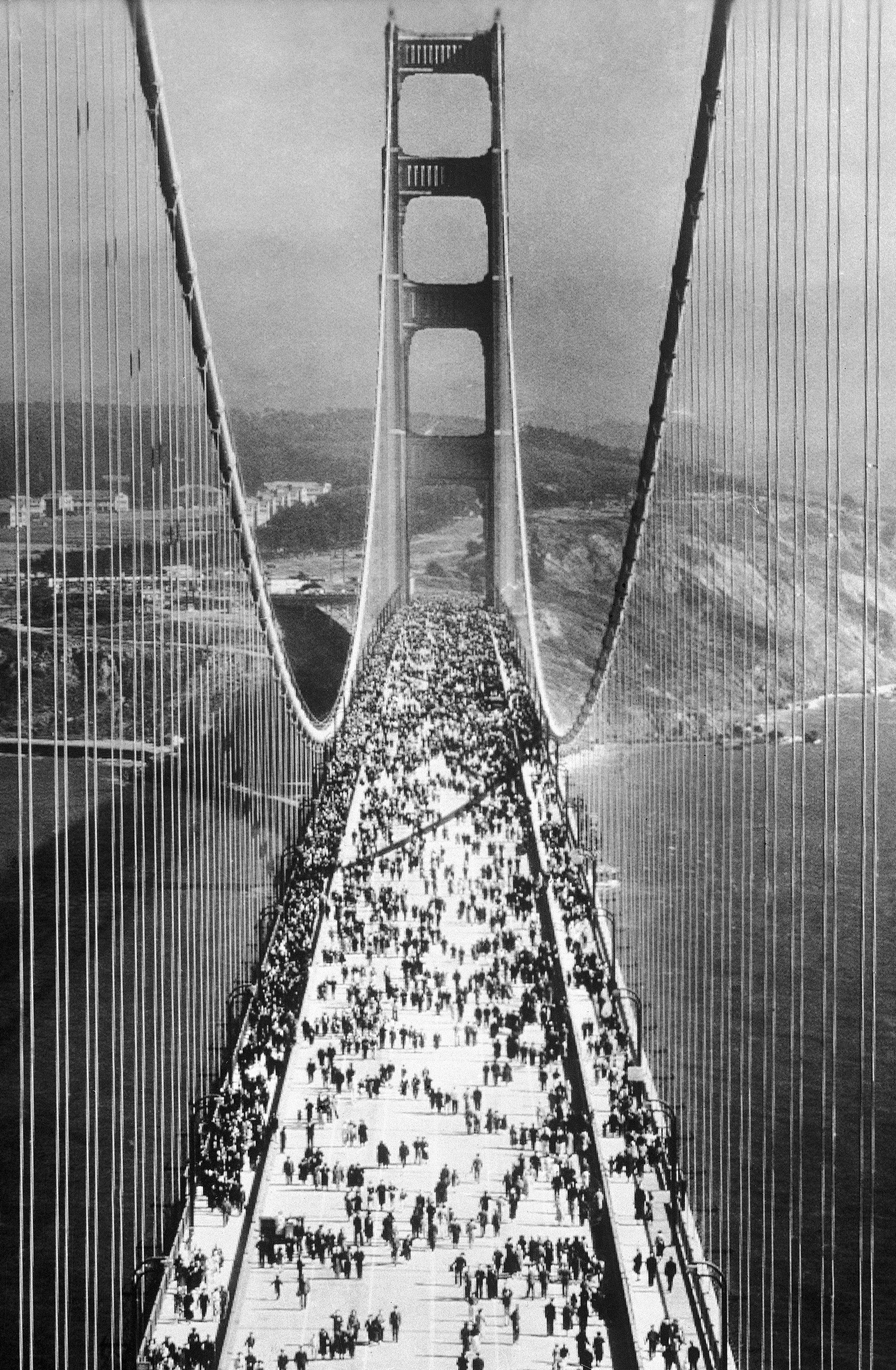
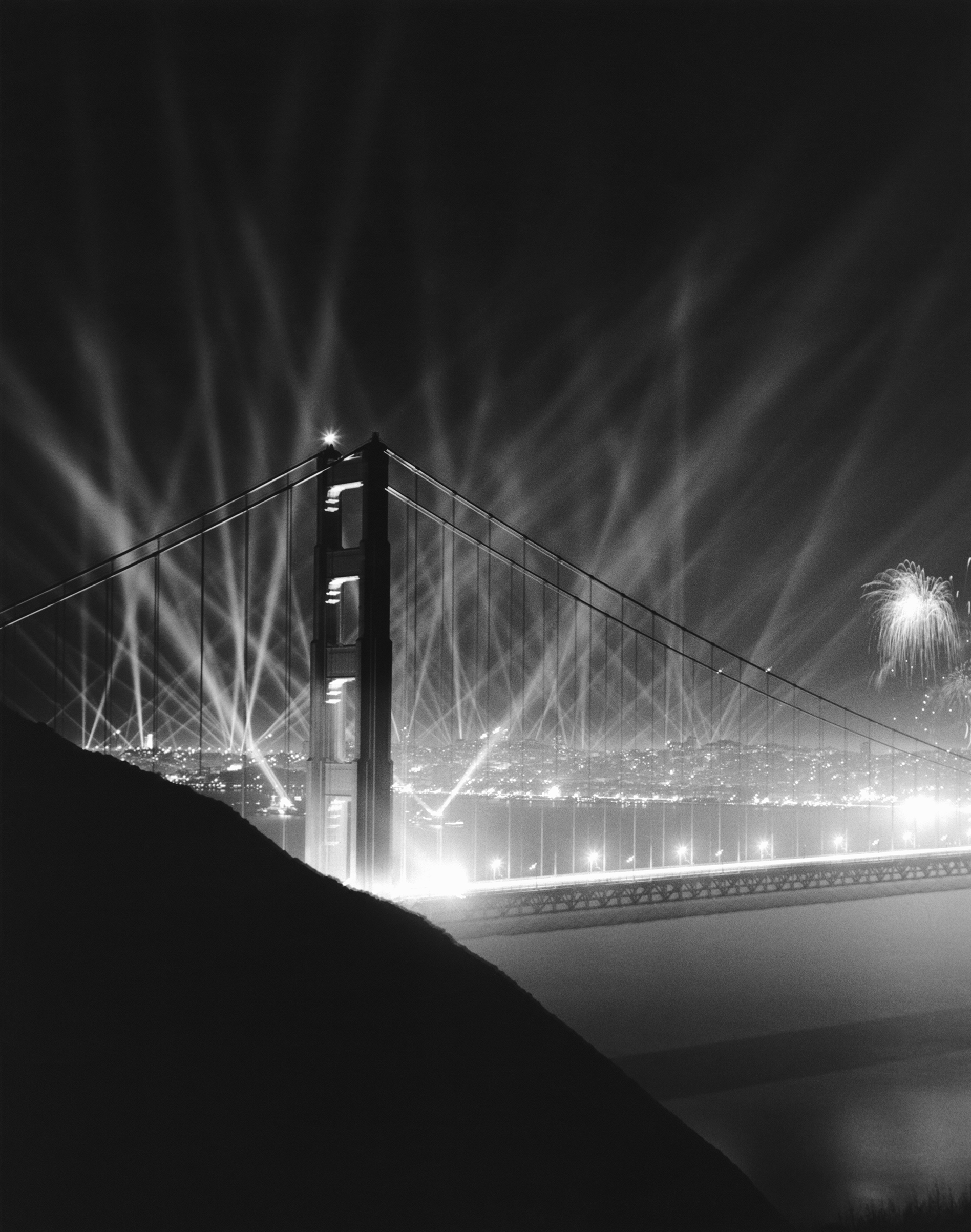
More Must-Reads from TIME
- Cybersecurity Experts Are Sounding the Alarm on DOGE
- Meet the 2025 Women of the Year
- The Harsh Truth About Disability Inclusion
- Why Do More Young Adults Have Cancer?
- Colman Domingo Leads With Radical Love
- How to Get Better at Doing Things Alone
- Michelle Zauner Stares Down the Darkness
Write to Lily Rothman at lily.rothman@time.com